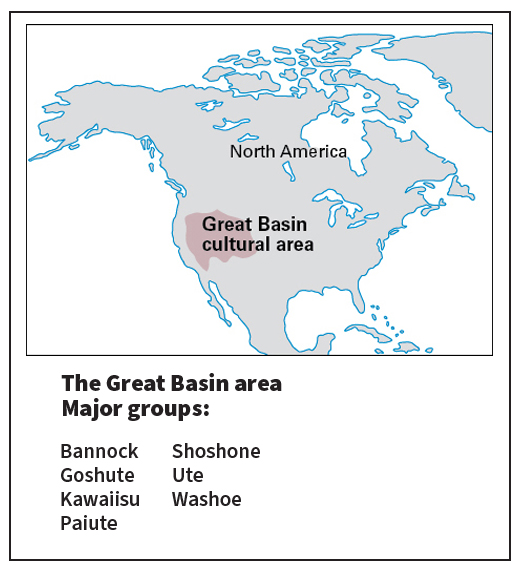Bannock are a Native American tribe that once hunted throughout the northern Rocky Mountains. They are related to the Northern Paiute and the Shoshone, with whom they have frequently intermarried.

Like the Shoshone, the Bannock traveled in small bands hunting buffalo and other game and fishing for salmon. They also ate the roots of the camas, a plant that grew wild on the prairie. In the early 1700’s, the Bannock acquired horses and became skilled riders.
The Bannock were expert weavers who made baskets from prairie grass. In summer, the Bannock lived in houses made of reeds and roofed with grass mats. In winter, they built small, round lodges that were partly underground.
In the 1820’s, Jim Bridger, James P. Beckwourth, and other American explorers became the first non-Native Americans to meet the Bannock. At that time, the Bannock had a population of about 1,500. Their numbers declined to about 600 by the 1860’s. This drop resulted from smallpox epidemics and almost constant warfare with the Blackfeet and Nez Perce and white settlers. In 1863, the U.S. Army defeated a force of Bannock and Shoshone warriors at the Battle of Bear River. In 1867, the government assigned the two tribes to the Fort Hall Reservation in Idaho.
In 1878, the Bannock rebelled and fled the reservation because the government had failed to supply them with enough food. During this uprising, known as the Bannock War, U.S. troops killed many Bannock warriors, including their leader, Chief Buffalo Horn. The tribe was defeated after the Army attacked a Bannock village and shot many women and children.
Today, about 6,000 descendants of the Bannock and Shoshone live on the Fort Hall Reservation. Many of them are poor and have leased their land to white farmers. Some of the Indians have jobs in factories or on potato farms near the reservation.
